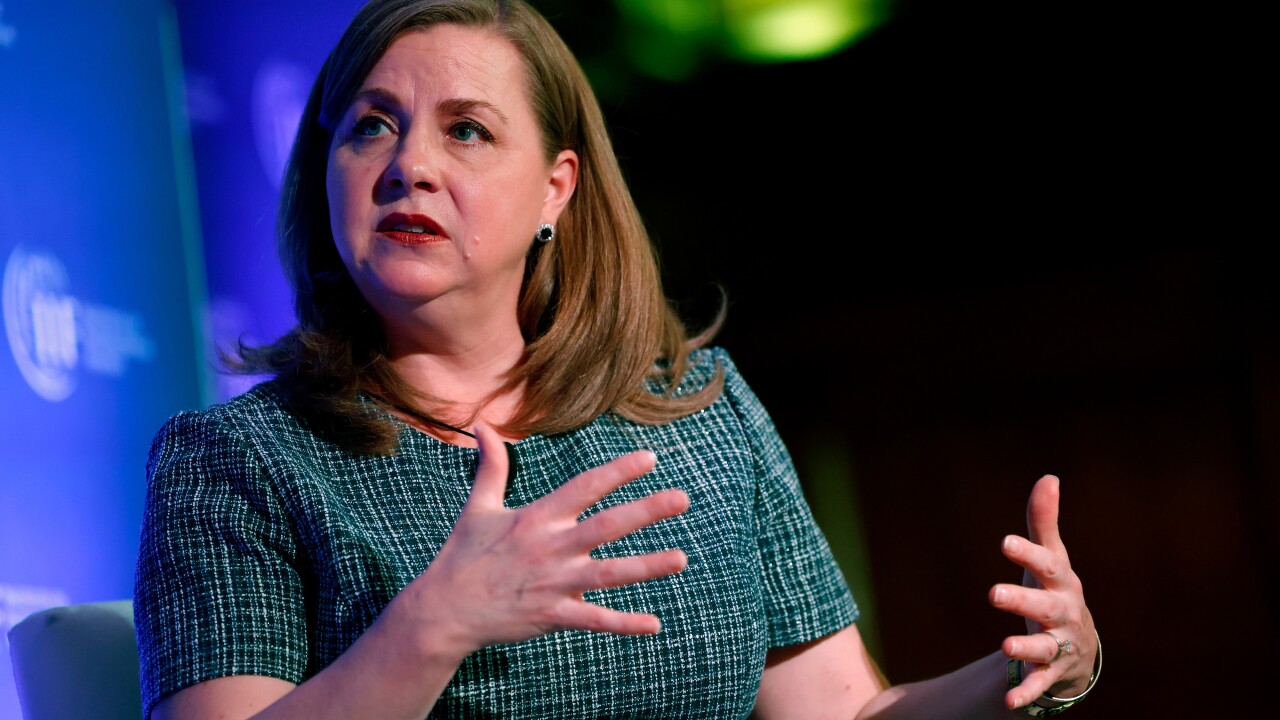SALEM, Ore. — When Maps Credit Union created an in-house "Idea Lab" last year, the $500 million institution sent a message that it was looking to innovate.
"The rise of service-oriented architectures and open application program interfaces (APIs) have enabled a new kind of innovation in financial services," said Maps CU Software Development Manager Loren Paulsen. "No longer limited to the range of opportunities enabled by vendor solutions that are closed end-to-end, financial institutions can now integrate multiple best-of-breed components significantly more seamlessly and easily than ever before."
And thanks to the Idea Lab, Indeed, the CU recently reduced annual non-statement postage expenses by 17% and saved 360 person-hours per year of manual data entry.
The credit union, with 50,000 members, 250 employees and nine branches, can utilize its software development team to automate business processes using its Fiserv DNA account processing solution, among other applications.
"From a technology and culture perspective, Maps has done a tremendous job showing how any financial institution can translate real world operational challenges into innovative IT solutions that enhance member service and streamline processes," said Fiserv's Chief Product Officer for Credit Union Solutions Santo Cannone.
"Another interesting thing that Maps has done with the Idea Lab is to institutionalize an innovation program so that good ideas can come from anywhere in an organization and be visible to the entire organization," said Cannone. "They've established a great system for collecting, reviewing and selecting initiatives for improvement. By doing that, they've created a way to nurture and sustain their culture of innovation."
Tangible Results
Paulsen explained that the Idea Lab operates with UserVoice software, a feedback platform that provides a voting and commenting functionality, along with analytics on employee participation.
"It is rare for a financial institution to leverage such a sophisticated online feedback tool on its membership, let alone its employees," said Paulsen. "The UserVoice API integrates the platform with Maps' project management system."
To date, several Idea Lab born projects have increased efficiencies. Among those are the CU's use of SendGrid, an email platform that extends transactional email functionality to any application, including analytics on the number of opened and bounded emails. Paulsen explained that by connecting SendGrid to DNA, the CU was able to convert NSF (insufficient funds) notices generated by DNA into emailed notices.
"The NSF e-notices are projected to reduce Maps total non-statement postage expense by 17% annually, and manual data entry has been reduced by 360 person-hours per year," said Paulsen.
Paulsen added that among reasons for Idea Labs success is that Maps CU front-line staff were unaware of how technology could be used to improve their processes. In turn, development staff were not aware of the opportunities because they were not aware of the business processes—a bridge was created.
"By starting small and highlighting early successes, we were able to inspire staff to propose additional projects, and we now roll out new projects every month," said Paulsen.





